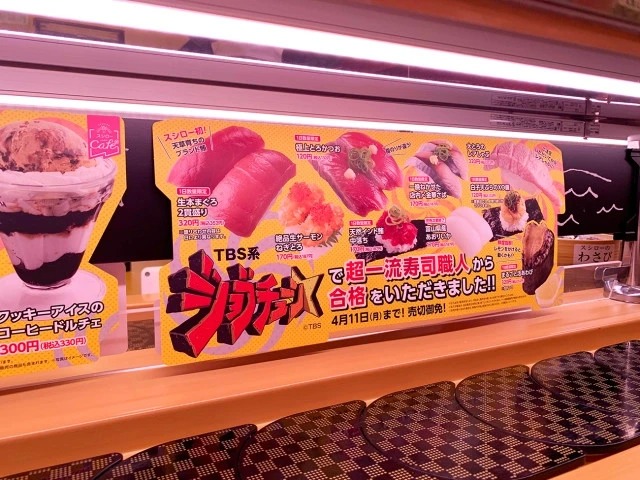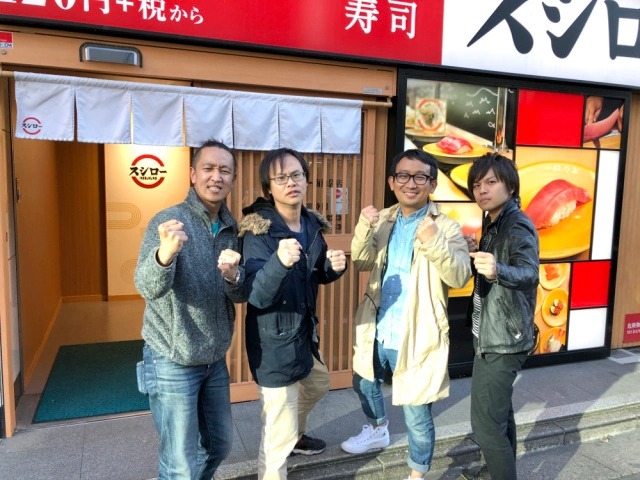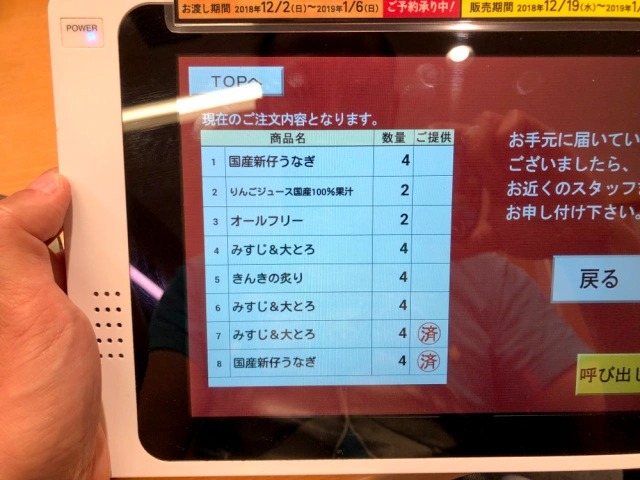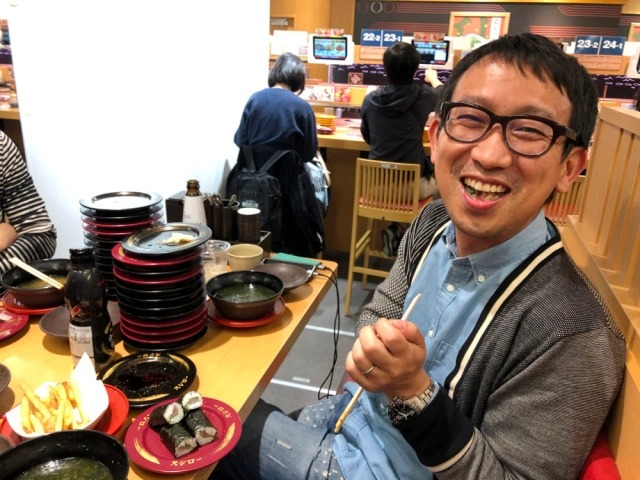
And I don’t feel all that fine.
Much like how a bluebird heralds the beginning of spring, it seems the late winter months in Japan are often greeted by someone doing something horribly disgusting in a revolving sushi restaurant. Whether it’s putting cameras on the belt to peek into everyone’s booth or intentionally dropping fish in the garbage, it seems there is something about the end of the frigid weather that really brings out the jerk in some people.
While this behavior seemed to die down since the pandemic began, it now appears to be back with a vengeance. At the end of January a video went viral of a teen licking various items in his booth like the bottle of soy sauce and a self-service drinking cup, and then returning them for the next customer to unknowingly use at a branch of conveyor belt sushi chain Sushiro in Gifu Prefecture.
▼ Sushiro is one of the leading restaurants of its kind and often enjoyed by our staff

The incident has since been widely dubbed “daeki tero” (saliva terrorism) and the terrorist responsible has since turned himself in to the authorities and, along with his parents, apologized to the company. However, considering the company that owns the restaurant chain saw a five percent dip in stock price right after the video came out, they might not be satisfied with a simple apology.
▼ “Sushiro: If the stock price fell due to soy-sauce-licking shock, that would amount to a loss of 10 billion yen (US$76M) in total market value at this point in time. If that store in Gifu loses sales due to harmful rumors and is forced to close a causal relationship can be confirmed and a claim for damages, including lost profits, could easily amount to hundreds of millions of yen.”
スシロー
— marketmaker (@marketmaker7) January 31, 2023
しょうゆペロペロショックの影響による株価下落であれば、現時点で時価総額が約100億円以上も減ったことになります
あの岐阜のお店が風評被害で売上が減少し、閉店なんてことになれば、因果関係が立証されるでしょうから逸失利益も含めて損害賠償請求が軽く億単位になるでしょうね。 pic.twitter.com/r776lY7bId
Not only that but Sushiro along with all the other revolving sushi chains have a major trust issue on their hands. This daeki tero boy is much like a cockroach in that… Actually, he’s like a cockroach in a lot of ways but mainly in that when you see one, you can envision there’re a hundred more out there, and in any posting of the video on social media, you’re sure to find several comments to the effect of, “I’m never eating conveyor belt sushi again.” The idea of having your food float through a room of strangers before eating it became a lot more problematic when COVID-19 hit, and things like daeki tero certainly aren’t helping.
Kura Sushi, another conveyor belt sushi chain, announced that they are installing microchips on the cases that hold the plates of sushi. In addition to monitoring how long they’ve been sitting on the belt, they’ll be able to detect if the case has been tampered with so customers can avoid sushi that may have been compromised.
Meanwhile, Hama Sushi, yet another conveyor belt sushi chain, abolished the public conveyor way back in March 2020 due to the pandemic. Instead, they rely solely on the express belts used by most major chains in which the customer orders from a touchscreen at their seat and their desired dish zooms right to their table. Immediately following the daeki tero incident rumors swirled that Sushiro had gone the same route but the company has officially denied those rumors, saying they are instead making changes to how utensils and seasonings are stored.
▼ Orders can often be made from a tablet installed at each table or the customer’s smartphone.

In addition to keeping it away from idiots, ordering sushi directly way has the added benefits of it being more freshly made and not having to wait for the topping you want to eventually make its way across the entire restaurant at a snail’s pace. It also helps the restaurant to keep a tighter rein on its stock during busy and slow times.
Because of this, express lanes have been in partial use for a long time now, and most people would probably understand if revolving sushi restaurants evolved their conveyor belt system to only use them. Kura Sushi at least seems to be making a concerted effort to maintain the classic formula, but with the increased public awareness of incidents like daeki tero, it’s difficult to say how long even they can hold on.
However, one of the many comments about this issue posed the most important existential question:
“If a revolving sushi restaurant’s sushi doesn’t revolve, isn’t it just a regular sushi restaurant?”
“I don’t see how any of this is protecting the soy sauce and cups though.”
“They’ll have to switch to individually packaged sauce and paper cups. It’s not great for the environment though.”
“Just keeping the food stocked in the back is fine. We don’t need it moving around.”
“I’m fine with takeout, thanks.”
“I think even if there’re only express belts there’ll be guys trying to spit on it as it moves past.”
“How about banning anyone under 18 from entering?”
“Whatever system renovations Sushiro needs to do should be paid for by that daeki tero fool.”
There really is something to just having food casually float by and plucking out whatever looks appealing rather than having to think about what you want to eat. Sometimes, something unexpected passes by and ends up being an especially memorable treat to make the overall experience that much better.
▼ Just look at that smile…

It’ll be sad if that experience disappears, but daeki tero and deadly viruses might end up being why we can’t have nice things.
Source: J-Cast News, Hachima Kiko
Photos ©SoraNews24
● Want to hear about SoraNews24’s latest articles as soon as they’re published? Follow us on Facebook and Twitter!


No hay comentarios:
Publicar un comentario